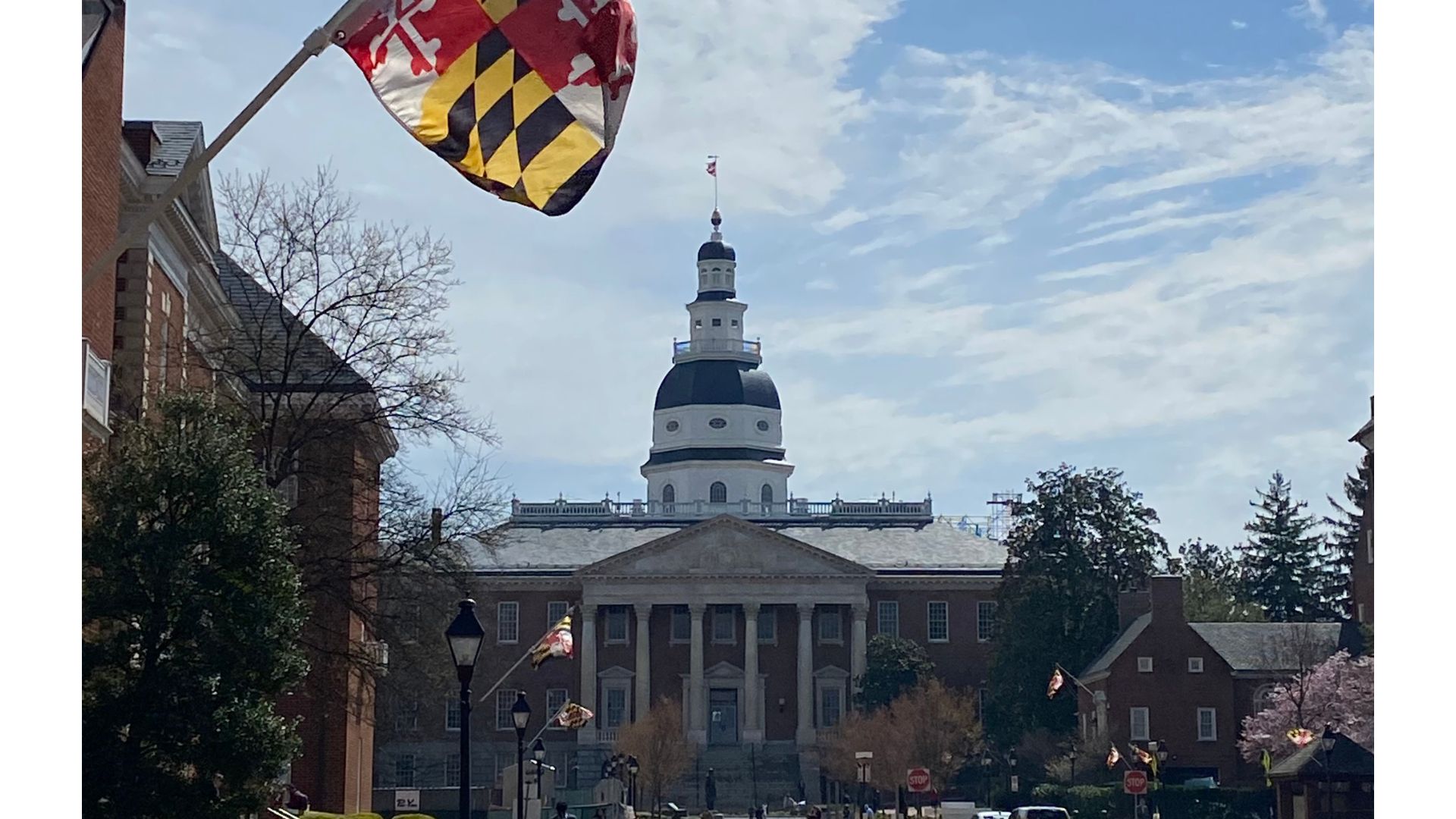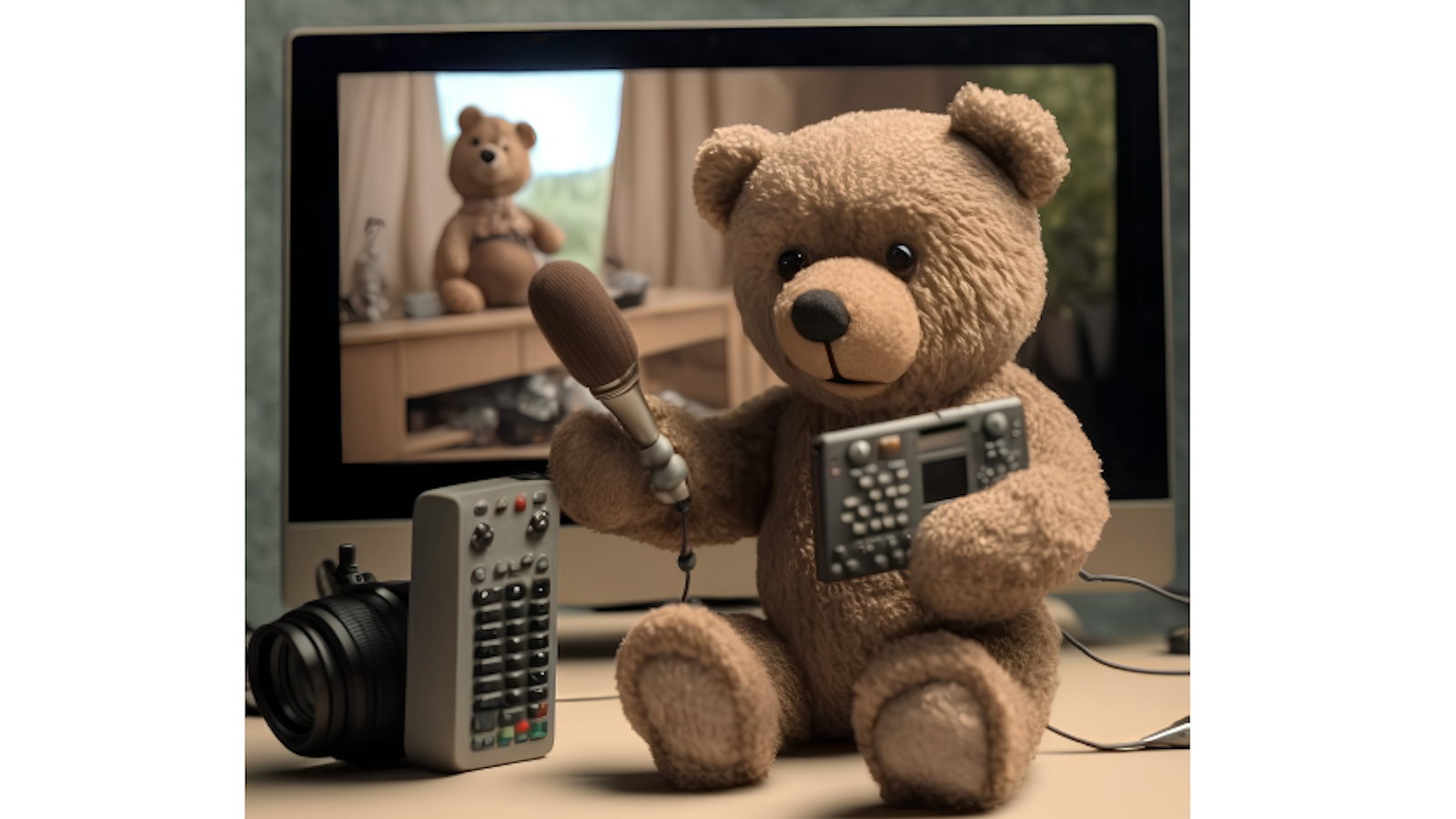
Trouble in Toyland
33rd Annual Survey of Toy Safety
For over 30 years, Maryland PIRG Foundation has conducted an annual survey of toys to look for safety problems. This research has led to more than 150 toy recalls and other regulatory actions over the years. Our work has also helped educate the public and policymakers on the need for continued action to protect the health and well-being of children.
Downloads
Maryland PIRG Foundation

For over 30 years, Maryland PIRG Foundation has conducted an annual survey of toys to look for safety problems. This research has led to more than 150 toy recalls and other regulatory actions over the years. Our work has also helped educate the public and policymakers on the need for continued action to protect the health and well-being of children. This year, we celebrate the 10th anniversary of the Consumer Product Safety Improvement Act (CPSIA) passing, which strengthened protections against dangerous consumer products.
Toys are safer than ever before, thanks to decades of work by product safety advocates, parents, the leadership of Congress, state legislatures, and the Consumer Product Safety Commission (CPSC).
Despite this progress, our survey of 40 toys this year found 15 toys with issues including toys with high concentrations of unsafe chemicals and with potential choking hazards. With hundreds of new toys hitting the market every year, our survey of only 40 toys suggests there may be other potentially dangerous toys slipping through existing protections or worthy of further investigation. This report not only lists the potentially dangerous toys that we found this year, but also describes why and how the toys could harm children.
Our independent testing covered just 40 of the thousands of toys that are on store shelves right now. The continued presence of hazards in toys highlights the need for enhanced vigilance on the part of government agencies and the public to ensure that unsafe toys do not harm children.
Standards for toy safety are enforced by the CPSC. Safety standards include limits on toxic substances in children’s products, size requirements for toys for small children, warning labels about choking hazards, measures to keep magnets and batteries inaccessible, and noise limits.
Maryland PIRG Foundation staff examined toys to confirm that they are safe. We discovered that potentially unsafe toys remain widely available. The problems we found include:
- Boron: We found significant concentrations of boron, as high as 4700 parts per million (ppm) in popular slime toys. Due to significant evidence that that these levels of boron are hazardous upon ingestion, the European Union, United Arab Emirates, Canada and Jordan have all taken action to protect children’s health.
- Small parts are pieces that might block a child’s airway. Children, especially those under age three, can choke on small parts. Our researchers identified toys that contain small parts, but do not have warning labels when sold online – including Hatchimals and L.O.L. Surprise toys.
- Balloons cause more children to choke to death than any other toy or children’s product. We found that 87% of the latex balloons we surveyed on Amazon’s website lacked the legally required warning indicating that the toy presents a choking hazard for children under 8. We also found a balloon set on store shelves that has misleading warning labels that make it appear safe for children between ages 3 and 8.
- Privacy-Invasive Toys: We alert parents and toy givers to so-called “connected toys” that may violate children’s privacy and other consumer protection laws. As more and more products are part of the “Internet of Things,” data collection and the sharing of consumer information become greater concerns. As an example, we have included details on VTech’s collection of children’s data, which was discovered earlier this year. We also highlight the Mozilla Foundation’s findings that an Amazon kids’ tablet fails to meet the Foundation’s minimum privacy and security standards.
Our 33rd annual Trouble in Toyland shows that old hazards continue to find their way onto the marketplace and into the homes of children across the country. We also find new threats from trendy toys with toxic chemicals to smart toys that collect data inappropriately.
Additionally, our report focuses on the need to improve the effectiveness of our recall system. While Maryland PIRG Foundation didn’t find any newly recalled toys that are still being sold online, that does not mean parents have removed recalled toys from their homes. Over the past 12 months, the CPSC, in cooperation with manufacturers and distributors, has announced more than 40 recalls of toys and children’s products totaling over 2.7 million units. Since companies are not required to inform the public of how many of these products are returned to the company or repaired by the company, we have no way of knowing of how effective these recalls have been and how many of those 2.7 million dangerous units are still in the homes of consumers.
No parent should have to be a detective to protect their child’s health and safety. Instead, we need to redouble efforts to keep dangerous toys out of the market. Those efforts include:
- Build on recent progress by strengthening toy safety standards: Policymakers should continue to evaluate new threats, such as boron, and ensure the Consumer Product Safety Commission has the funding and authority to protect the public.
- Protect against new public health threats in toys: Require toys with boron concentrations above 300 ppm to have a warning label and start a fullscale investigation to determine if limits should be established.
- Improve recall effectiveness: Numerous recalled toys are likely still in the hands of children. The CPSC should require companies to track and report the number of items returned, improve efforts to directly notify consumers who purchase dangerous toys, and require sellers to conduct more effective outreach campaigns.
- Enhance manufacturer and retailer recall practices: Use advertising data to target likely purchasers with information on the recalls, use purchase data from rewards program and customer accounts to directly notify purchasers of recalled toys, and meet legal requirements for warning labels on choking hazards.
- Continue to enforce and improve strong CPSC safety standards:
- Vigorously enforce the Consumer Product Safety Improvement Act’s mandatory standards for toys, including strict limits on lead and lead paint in any toys, jewelry or other articles for children under 12 years;
- Considering our 2017 finding that some fidget spinners have extremely high lead content, classify all fidget spinners as toys and hold them to federal standards for children’s products; and,
- Review whether Amazon and Amazon sellers are complying with 16 CFR 1500, which requires choking hazard labels.
While government, manufacturers and sellers have an obligation to protect children from hazardous toys, we continue to find hazards in our annual survey. In light of these ongoing problems, parents and caregivers should also take additional steps to protect children from potential hazards. You can find our full guide of recommendations at ToySafetyTips.org. In addition, parents can subscribe to recall updates at recalls.gov, investigate existing toys at SaferProducts.gov, examine toys carefully prior to and after purchase for potential choking or other hazards and be aware of internet connected toys that may collect information without consent or knowledge of parents.
Topics
Find Out More


5 steps you can take to protect your privacy now

Fixed for the Holidays
